Plasma Cutting: Solving Complex Collisions with Precision

Plasma cutting technology revolutionizes automotive collision repairs by offering precise, efficient…….
Plasma cutting collision, a revolutionary technology at the intersection of physics and material processing, has emerged as a game-changer in various industries. This innovative technique involves utilizing plasma, an ionized gas, to precisely cut and shape materials with unparalleled accuracy and speed. In this comprehensive article, we will embark on a journey through the world of plasma cutting collision, exploring its fundamentals, global impact, economic implications, technological breakthroughs, regulatory landscape, challenges, real-world applications, and future prospects. By delving into these aspects, readers will gain a deep understanding of the significance and potential of this remarkable technology.
Plasma cutting collision refers to the process of using a plasma torch to cut or engrave various materials, primarily metals, with high precision. The core components include:
The concept of using plasma for material processing dates back to the 1930s when scientists first discovered the ionization of gases under high voltage. However, it was not until the late 20th century that plasma cutting technology evolved into a practical and widely adopted industrial process. The initial designs focused on gas cutting, primarily for steel structures in construction. Over time, advancements in torch design, gas mixtures, and control systems led to the development of modern plasma cutting collision systems, capable of handling a diverse range of materials and applications.
Plasma cutting collision offers several key advantages:
These attributes have made plasma cutting collision indispensable in industries such as manufacturing, shipbuilding, automotive, aerospace, and construction.
Plasma cutting collision has transcended geographical boundaries, becoming a globally embraced technology. Its adoption is driven by the increasing demand for precision manufacturing and the need for efficient material processing across diverse sectors.
Several trends are driving the evolution of plasma cutting collision:
| Region | Market Size (2023 Est.) | Growth Rate (2023-2028) | Key Industries |
|---|---|---|---|
| Asia Pacific | $X billion | 7.5% | Manufacturing, Automotive, Construction |
| North America | $Y billion | 6.2% | Aerospace, Steel Production, Electronics |
| Europe | $Z billion | 5.8% | Automotive, Shipbuilding, Renewable Energy |
| Middle East & Africa | $A billion | 8.9% | Oil & Gas, Construction, Manufacturing |
| South America | $B billion | 4.7% | Mining, Agriculture, Automotive |
Note: Actual figures vary based on market research sources.
The global plasma cutting collision market was valued at approximately $[market size] in 2023 and is projected to grow at a CAGR of [growth rate] from 2023 to 2028. This growth is primarily driven by the increasing demand for sophisticated manufacturing processes, particularly in the Asia Pacific region.
The market can be segmented based on:
Key drivers include:
One of the most significant technological advancements is the development of advanced plasma torches with improved performance and versatility:
Advanced control systems play a pivotal role in precision cutting:
Upcoming technologies include:
Plasma cutting collision is subject to various policies and regulations aimed at ensuring safety, environmental protection, and fair trade practices:
These policies have both positive and challenging effects:
A leading automotive manufacturer, Toyota, adopted advanced plasma cutting collision systems to enhance their production line. The technology enabled them to achieve the following:
Boeing, the global aerospace giant, utilized plasma cutting collision for manufacturing critical aircraft components. Key benefits included:
A pioneer in green building construction, GreenBuild Inc., implemented plasma cutting collision for sustainable practices:
Plasma cutting collision has evolved from a niche technology to a powerful tool shaping various industries globally. Its precision, efficiency, and versatility have revolutionized material processing, enabling manufacturers to achieve unprecedented levels of quality and productivity. As we look ahead, the future of plasma cutting collision promises exciting possibilities, with advancements in automation, sustainability, and hybrid technologies poised to redefine manufacturing landscapes.
By addressing challenges, embracing new trends, and fostering collaboration, industry players can unlock the full potential of this remarkable technology. Plasma cutting collision continues to be a game-changer, driving innovation, enhancing efficiency, and contributing to a more sustainable future.
Q1: How does plasma cutting collision differ from traditional cutting methods like laser or water jet?
Plasma cutting offers unique advantages over other methods. It provides higher precision and speed due to the ionized gas mixture’s intense heat and controlled flow. Unlike lasers, it can cut through conductive materials like metals without melting them. Water jet cutting is less precise for intricate designs, while plasma cutting excels in both speed and accuracy.
Q2: What safety precautions should be taken when operating a plasma cutting system?
Safety is paramount. Operators must wear appropriate personal protective equipment (PPE), including goggles, gloves, and hearing protection. Ensure proper ventilation to prevent inhaling toxic gases. Regular maintenance and adherence to manufacturer guidelines are essential to avoid accidents and ensure optimal performance.
Q3: Can plasma cutting collision be used for artistic or decorative applications?
Absolutely! Plasma cutting is increasingly employed in art and architecture for its ability to create intricate patterns and designs on various materials. Artists and designers use plasma cutting to transform metal sheets into beautiful, one-of-a-kind pieces.
Q4: How does plasma cutting collision contribute to sustainability in manufacturing?
Plasma cutting can significantly reduce waste by enabling precise cuts and minimizing material scrap. Advanced systems also consume less energy compared to traditional methods. Additionally, the technology allows for recycling and repurposing of materials, further promoting sustainable practices in manufacturing.
Q5: What are the potential career paths for someone interested in plasma cutting collision technology?
There is a growing demand for skilled technicians and engineers specializing in plasma cutting collision. Roles include plasma cutting operators, service technicians, R&D engineers, sales representatives, and maintenance specialists. Training programs and certifications can open doors to diverse career opportunities in this field.

Plasma cutting technology revolutionizes automotive collision repairs by offering precise, efficient…….

Plasma cutting collision services have revolutionized automotive repair and restoration, providing p…….

When choosing plasma cutting collision repair services, visually verify certifications, professional…….
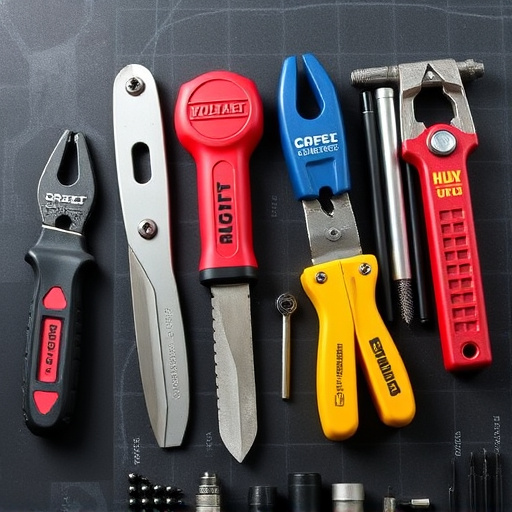
Plasma cutting is a game-changer in collision repair and auto disassembly, offering unparalleled pre…….
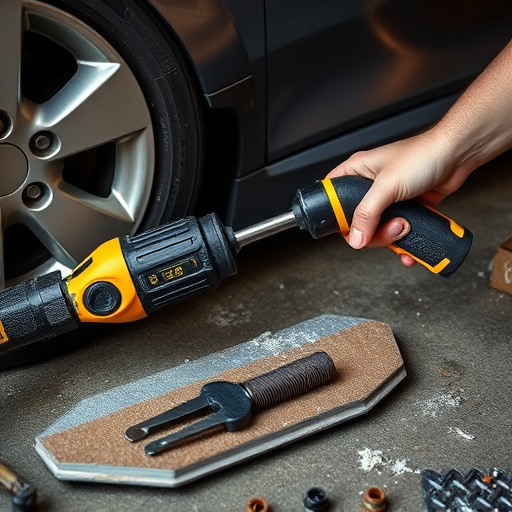
Plasma cutting collision risks include burns, blindness, hearing damage, and respiratory issues due…….
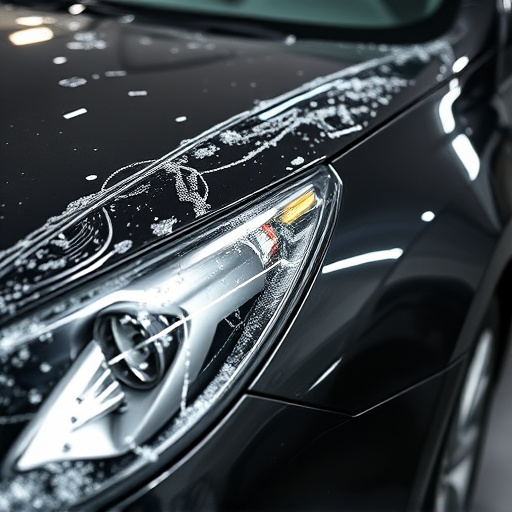
Plasma cutting is a revolutionary technology in collision repair, offering speed, precision, and eff…….
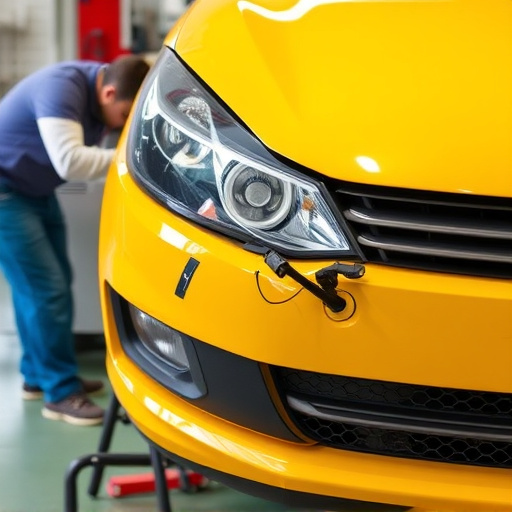
Plasma cutting collision repairs combine advanced technology with expert precision to restore classi…….

Plasma cutting is a cutting-edge technique for automotive collision repairs, offering precision and…….
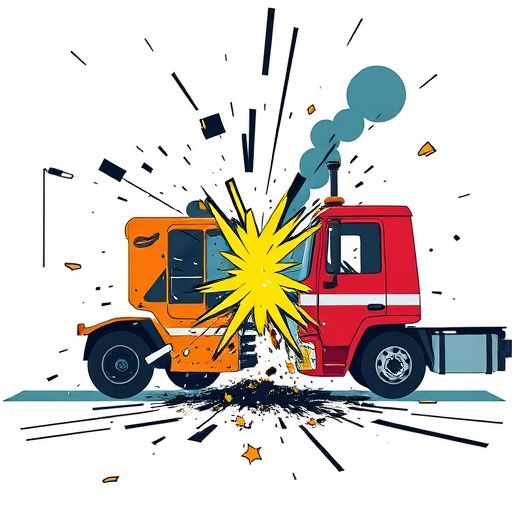
Plasma cutting revolutionizes collision repair with precision, speed, and efficiency. It reduces tur…….

Plasma cutting collision services offer advanced, precise solutions for auto damage repairs, surpass…….